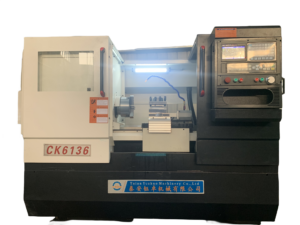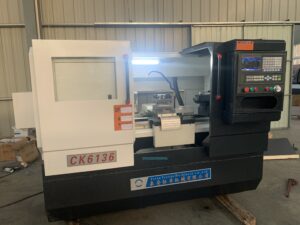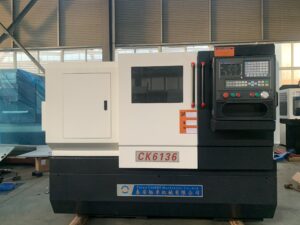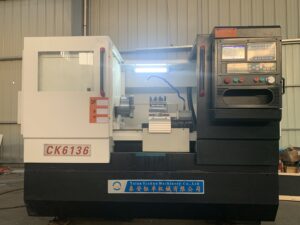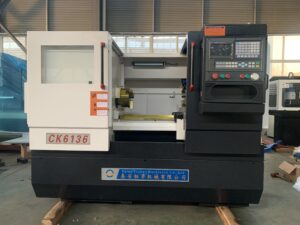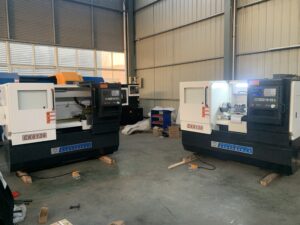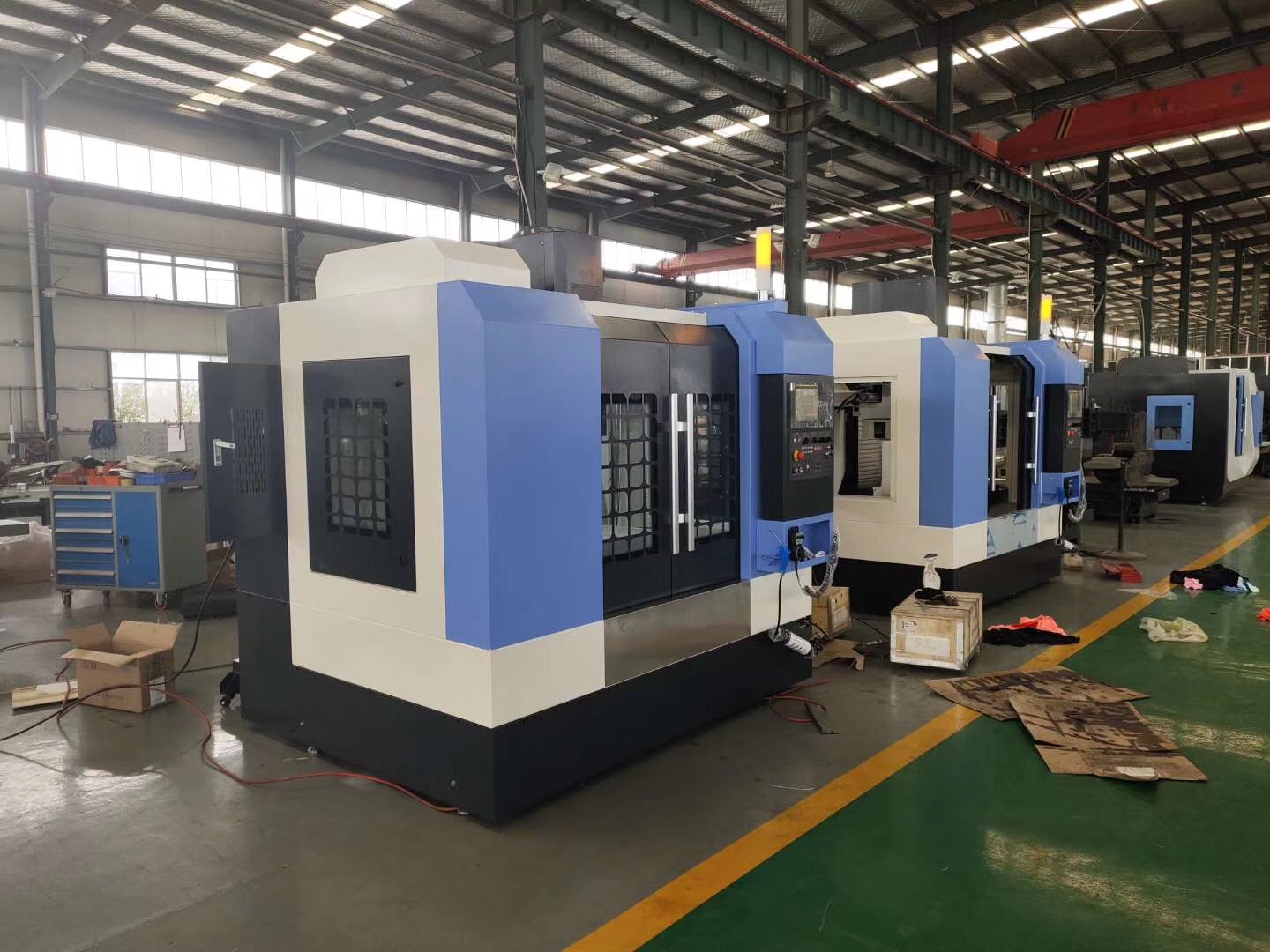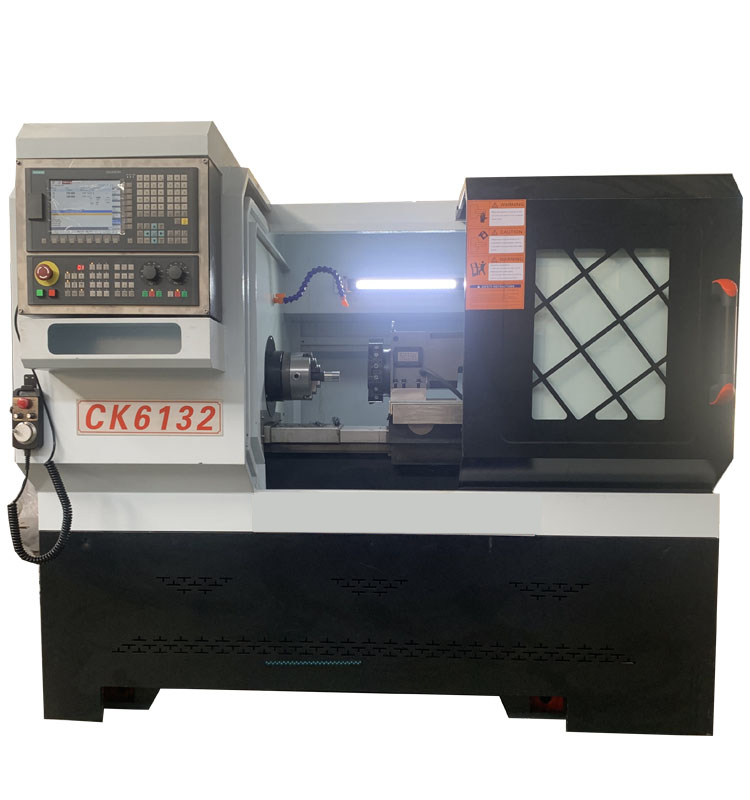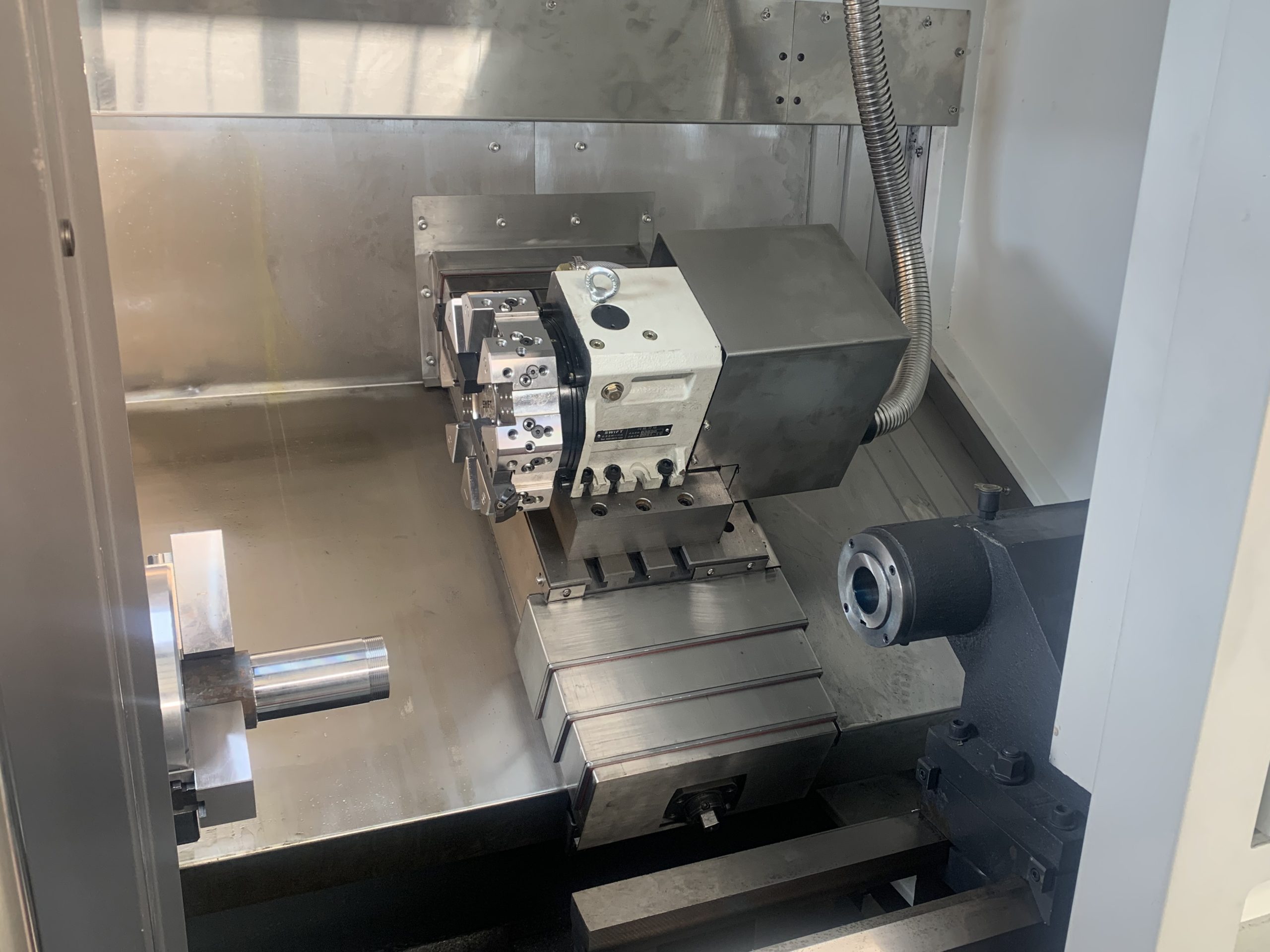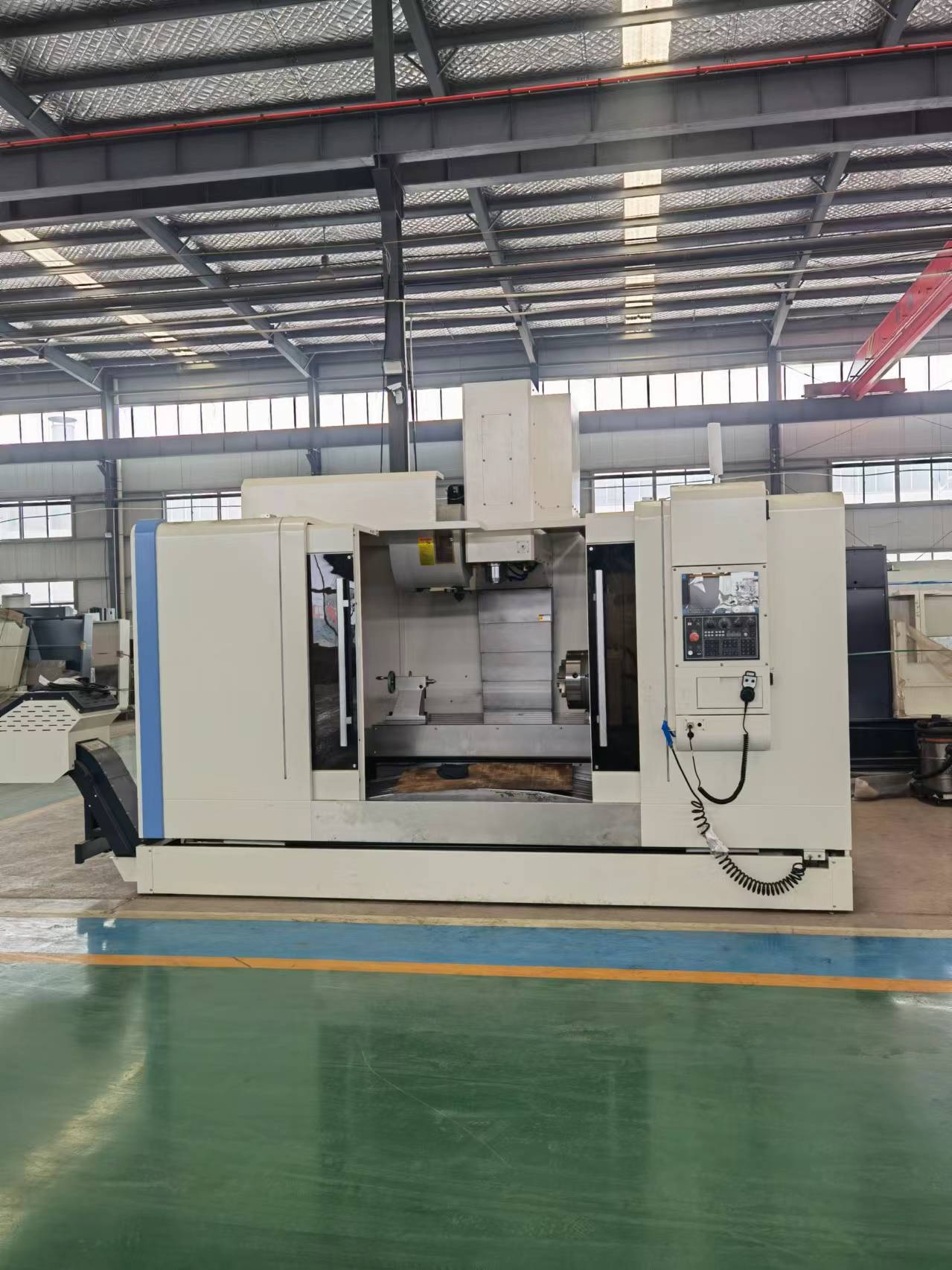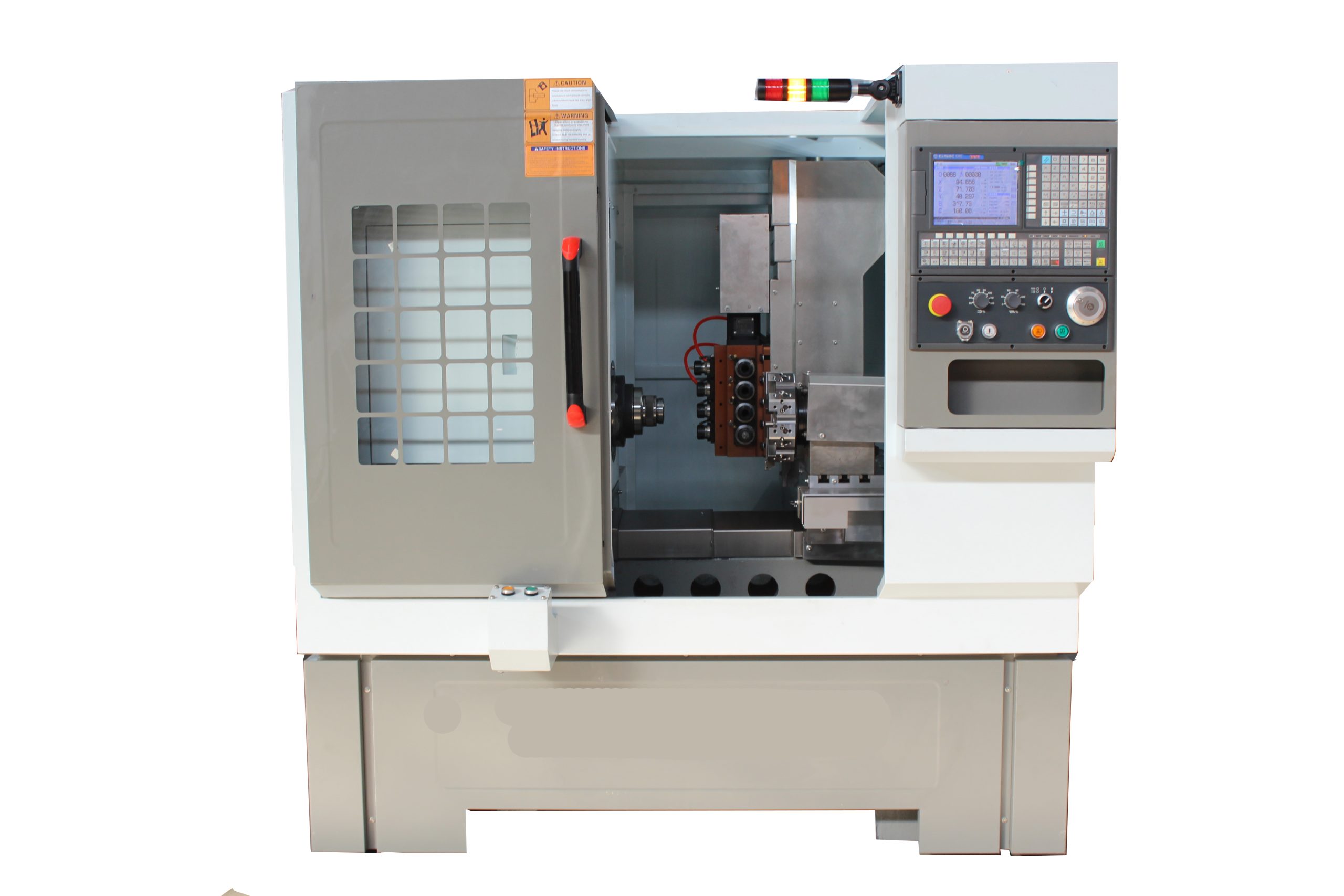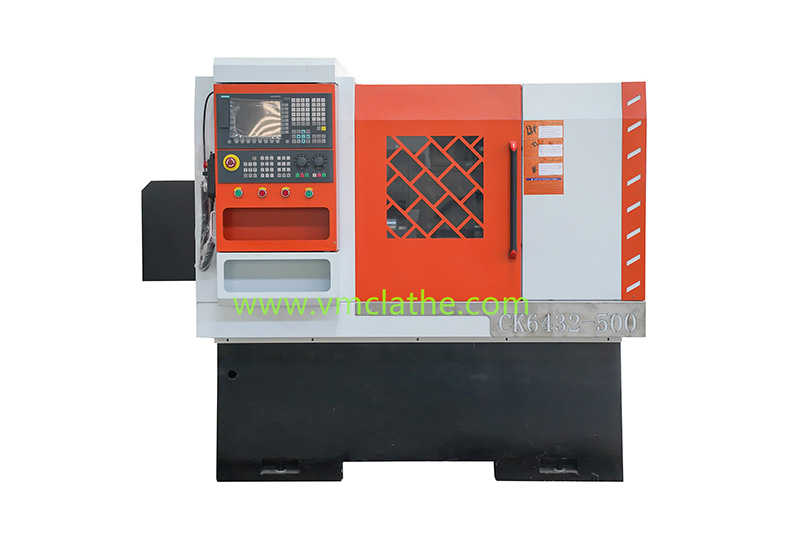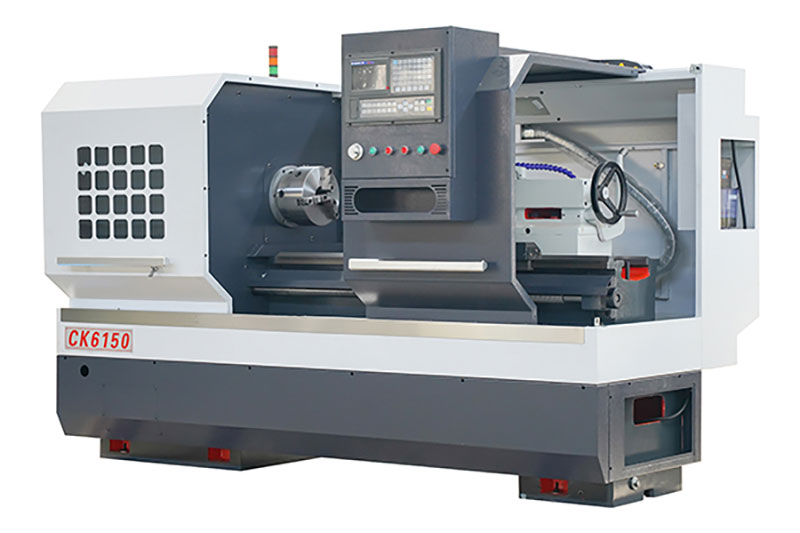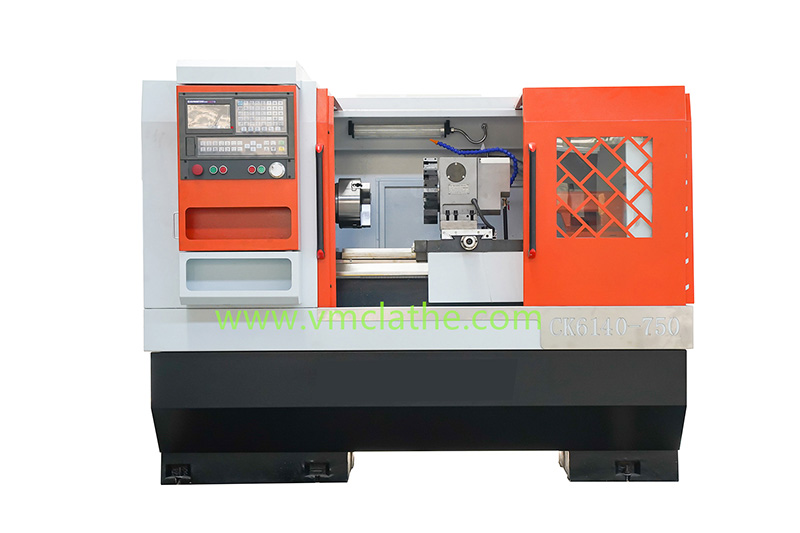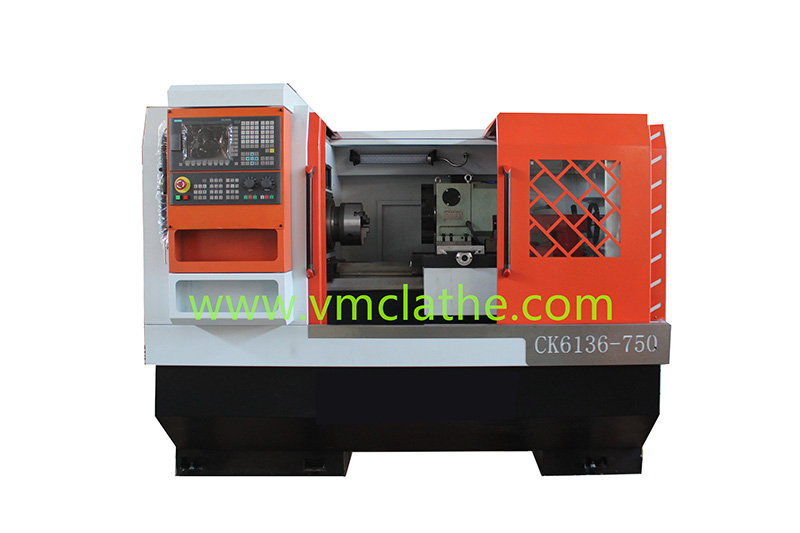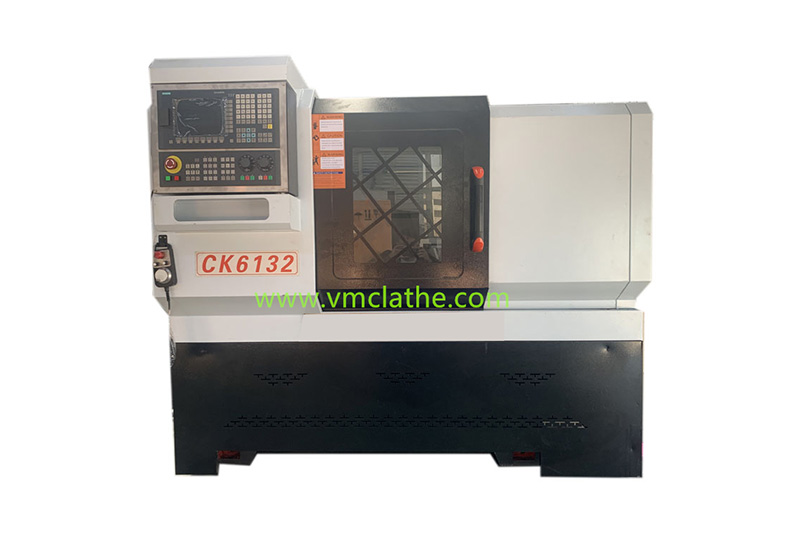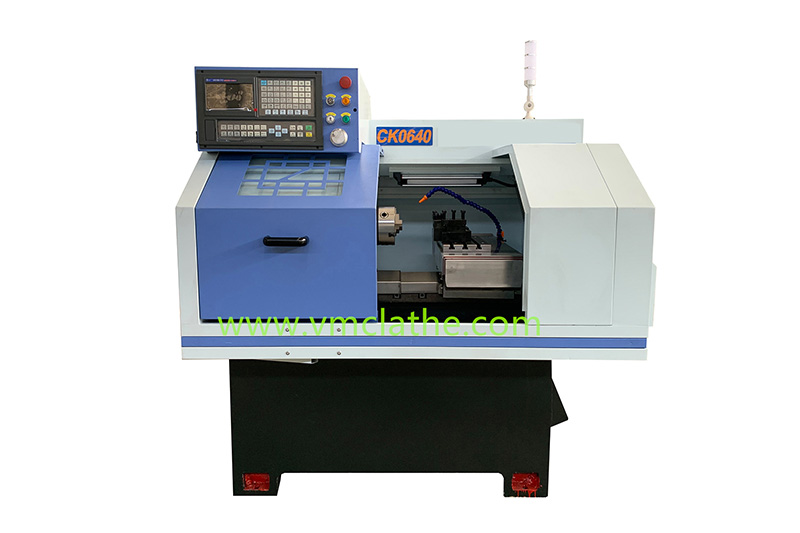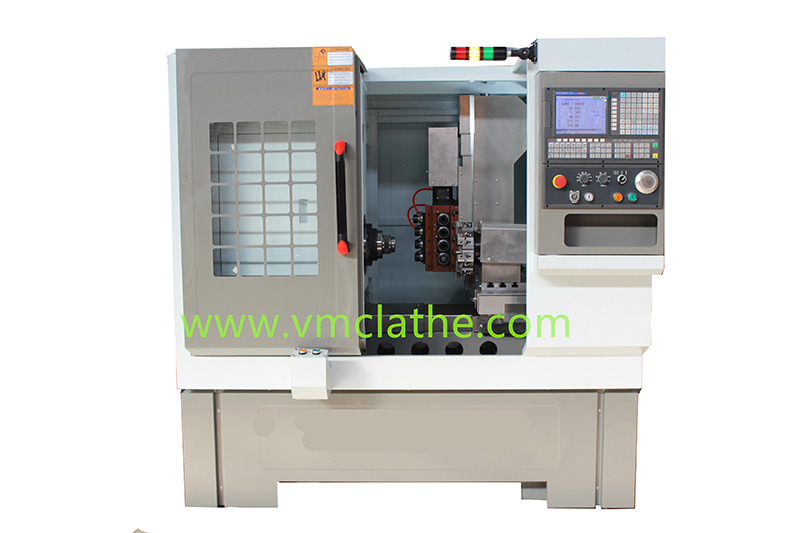Application examples of flat bed CNC lathes in complex parts processing can be summarized into the following key steps and specific details:
1. Part analysis
A. Part type: complex parts, such as shaft parts, sleeve parts, etc., which may contain multiple surfaces such as outer cylindrical surfaces, arc surfaces, grooves, threads, chamfers, etc.
B. Processing requirements: The dimensional accuracy, shape accuracy, position accuracy and surface roughness of the parts may be high to meet the needs of specific application fields.
2. Process analysis
A. Processing range matching: Determine whether the processing range of the part meets the processing capacity of the flat-bed CNC lathe, such as using the CK6142 CNC lathe for processing.
B. Processing stage division: Due to the large processing allowance, the processing process is divided into rough processing stage and fine processing stage to improve processing efficiency and accuracy.
C. Programming instruction selection: When programming, use fixed cycle instructions G71 and G70, which can effectively realize the rough processing and fine processing of parts.
3. Processing process
A. Determination of clamping scheme: According to the characteristics of the parts and processing requirements, determine the appropriate clamping scheme to ensure the stability and accuracy of the parts during the processing.
B. Tool selection: According to the material and accuracy requirements of the processing surface, select the appropriate tool type and specifications, such as external cylindrical turning tools, internal hole turning tools, etc.
C. Determination of cutting parameters: According to the material, hardness, processing accuracy and other factors of the parts, determine the reasonable cutting parameters such as cutting speed, feed speed and cutting depth to ensure processing quality and efficiency.
4. Programming and operation
A. Programming steps:
After getting the part drawing, first analyze the drawing and determine the processing process.
Perform numerical calculations to calculate the coordinate values of the intersection (or tangent point) of adjacent geometric elements of the contour.
According to the calculated tool motion trajectory coordinate values and the determined processing parameters and auxiliary actions, combined with the coordinate instruction code and program segment format specified by the CNC system, write the part processing program segment by segment.
Enter the written program into the memory of the CNC device.
B. Operation points:
During the processing, it is necessary to monitor the processing status in real time, such as cutting force, cutting temperature, etc., to ensure the stability and safety of the processing process.
After the processing is completed, quality inspection is required, such as dimension measurement, surface roughness detection, etc., to ensure that the processing quality meets the requirements.
5. Summary
Flat-bed CNC lathes show the advantages of high precision, high efficiency and high stability in the processing of complex parts. Through reasonable process analysis and processing process design, as well as precise programming and operation, high-precision processing of complex parts can be achieved, meeting the needs of high-precision parts in aerospace, automobile, shipbuilding and other fields.

